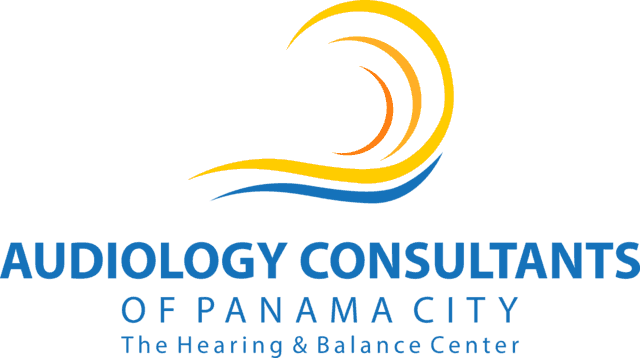- Using Hearing Aid Accessories for Enhanced Listening - May 6, 2025
- Practical Tips for Managing Daily Challenges With Tinnitus - April 8, 2025
- Signs Your Hearing Aid Battery Needs to Be Replaced - March 13, 2025
Noise in a work environment is one of the most common causes of hearing loss, and one of the most common occupational injuries suffered in the United States. Approximately 40 million employed people are exposed to dangerous noise levels each day while ten million have already suffered hearing damage from noise that is irreversible. Read on to learn more about occupational hearing hazards.
Understanding Our Auditory System
Our hearing system is designed to detect and process sounds over a remarkably wide range of levels, but the ear is not equipped to tolerate the high sound levels of modern industrialization, such as combustion engines, pneumatic pumps, and repetitive loud machine noise.
While age-related loss of hearing is often due to a lifetime of wear and tear on your auditory system, noise-induced hearing loss (also known as NIHL) is almost entirely preventable. The hearing sensitivity of young children, with no hearing damage, allows them to detect very soft sounds, but industrial noise damages hearing in a manner not dissimilar to the effects of aging. Hearing normally declines with age but the average, healthy, non-noise-exposed person can have essentially normal hearing at least up to age 60.
The effects of noise are often underestimated because the damage takes place gradually. As a result, people have traditionally not appreciated the serious impact of NIHL on their day-to-day life until they are frustrated by a permanent communication problem or experience ongoing ringing in their ears. There are ways that NIHL can be prevented before this becomes a permanent problem.
Preventing Noise-Induced Hearing Loss
If the noise is 85 decibel or greater, your ears are in danger of injury. Some of these harmful noises include jet engines, lawn mowers, motorcycles, chainsaws, powerboats, and personal listening devices (like MP3 players). If you have to raise your voice over the noise to be heard by someone within an arm’s length away, the noise is probably in the danger range. To determine risks from noise exposures, more formal noise measurements can be made and are required in most industries by the Occupational Safety and Health Association (OSHA).
If possible, try to reduce noise at the source. Keeping equipment in good maintenance is key in a work environment. When purchasing new tools and yard equipment, consider their noise outputs before buying units with ineffective mufflers. Placing loud machines inside an enclosure can shield a person from the risks of NIHL.
Wear hearing protection devices (HPDs) such as earplugs or earmuffs, when involved in loud activities at work or when involved in noisy recreational activities. When properly selected and used, HPDs can be powerful tools for preventing NIHL. HPDs are required by law to be labeled with a Noise Reduction Rating (NRR) that is based on performance obtained under ideal laboratory conditions. Most often, people obtain far less protection than the labeled rating because they don’t wear the devices correctly or neglect to wear them during the entire period of the noise exposure. It must be emphasized that the best hearing protector is not the one with the highest NRR, but the one that people will consistently wear whenever exposed to loud noise. There is no single protector that will fit everyone, be universally comfortable, and be appropriate in every environment. Individuals must take initiative to protect and maintain their hearing.
Personal listening devices (like MP3 players with earphones) can also present risks to hearing if used at too high a volume for too long. Consider using earphones that block out background noise to help you moderate you’re listening level, and give yourself listening breaks if you do choose to listen to audio material loudly. Some devices exist on the market, which limit the volume that can be output by the MP3 player, essentially making them safe for your ears.
Recognizing & Treating Hearing Loss
When an individual is exposed at work or at home to harmful sounds – sounds that are too loud for too long a time – sensitive structures of the inner ear can be damaged. If you have trouble understanding what other people are saying, or it sounds like they are mumbling and other people comment that you’re talking loudly or shouting, it may be time to have your hearing checked by a hearing specialist. Noise-induced hearing loss is unfortunately permanent. While researchers are working toward potential treatments that could one day restore the function of healthy ears, these solutions are not likely to come soon enough for the millions of Americans who need help now. Hopefully, with these helpful tips, you will be able to effectively protect the hearing you have now.
If you are concerned about your hearing abilities, contact us at Audiology Consultants. We provide comprehensive hearing tests and hearing aid fittings, and our team is ready to support your journey to better hearing health!


